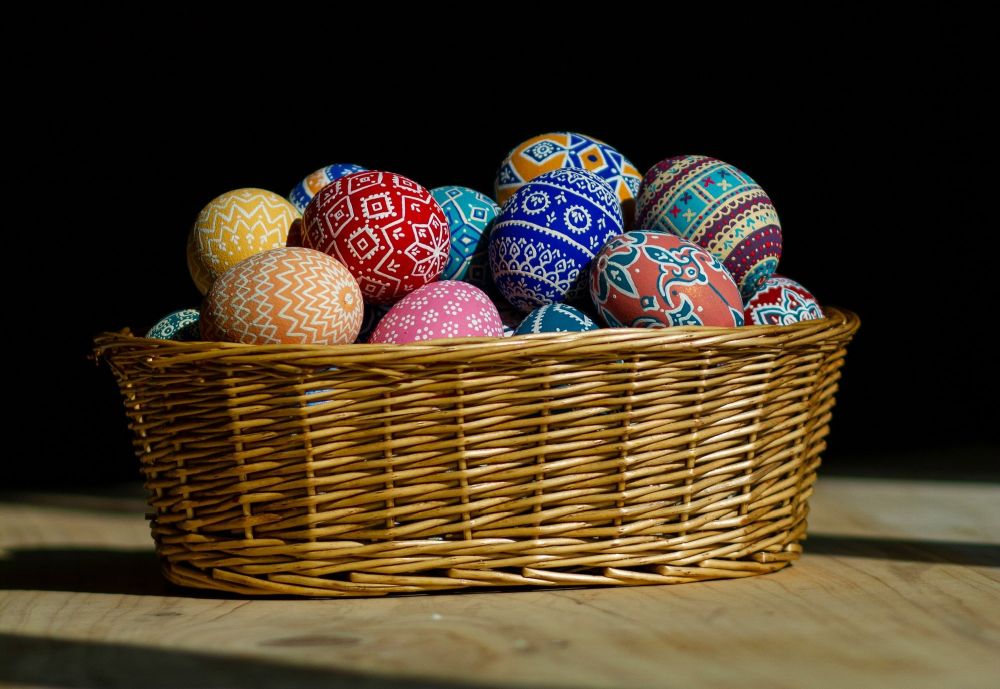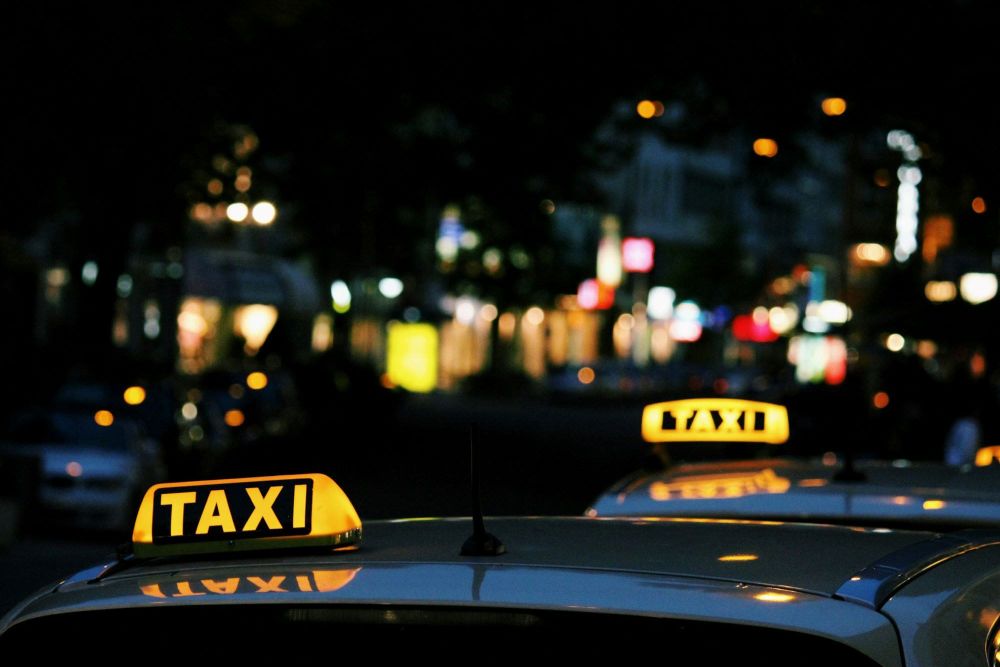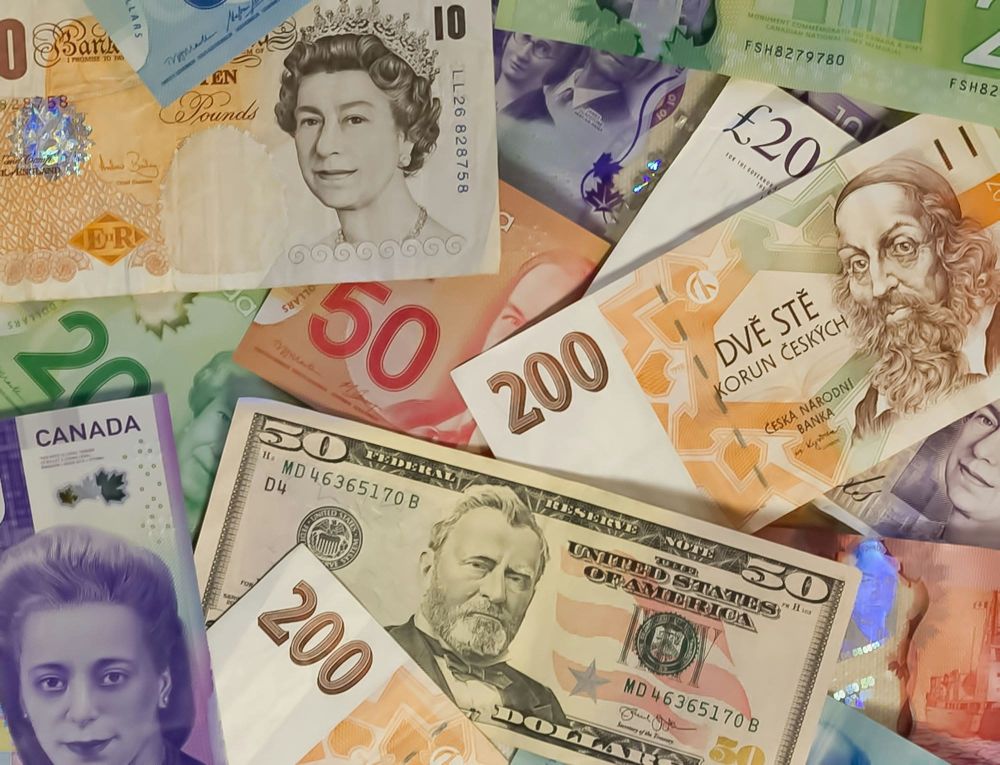Nowruz: The Iranian New Year Celebration
Iranian New Year, known as Nowruz, is the most significant and ancient festival in Iran, marking the beginning of spring and the Persian calendar. Rooted in Zoroastrian traditions, Nowruz is celebrated by millions in Iran, Central Asia, and the Middle East. This vibrant festival symbolizes renewal, rebirth, and hope for the coming year. If you're planning to visit Iran during this time, prepare yourself for a cultural experience like no other!
The Origins and Meaning of Nowruz
Nowruz, meaning "New Day", dates back over 3,000 years and is deeply tied to the transition from winter to spring. The festival coincides with the spring equinox, usually falling on March 20th or 21st. It is based on the solar calendar, making it one of the most accurate time-based celebrations in the world.
The festival is not only an Iranian tradition but is also observed in Afghanistan, Tajikistan, Azerbaijan, Turkey, and parts of India and Pakistan. In 2010, UNESCO recognized Nowruz as an Intangible Cultural Heritage of Humanity.
The 13-Day Celebration of Nowruz
Nowruz festivities last for 13 days, with each day carrying special customs and traditions:
1. Chaharshanbe Suri (Fire Festival) 🔥
A few days before Nowruz, Iranians celebrate Chaharshanbe Suri, the Festival of Fire, on the last Wednesday night before the new year. People jump over bonfires, symbolizing burning away negativity and welcoming health and happiness. This is a great time to witness one of Iran’s most exciting traditions!
2. Haft-Seen: The Table of Symbols
The centerpiece of Nowruz is the Haft-Seen, a decorative table that features seven symbolic items starting with the Persian letter "S" (س):
- Sabzeh (Sprouts): Symbol of rebirth and growth
- Samanu (Wheat Pudding): Sign of prosperity
- Senjed (Dried Oleaster Fruit): Represents love
- Seer (Garlic): For protection and good health
- Seeb (Apple): Signifies beauty and health
- Somaq (Sumac): Symbolizes sunrise and patience
- Serkeh (Vinegar): Represents wisdom and aging
Additionally, Iranians place a mirror, colored eggs, candles, a goldfish bowl, and the holy book (Quran, Avesta, or Divan of Hafez) to complete the setting.
3. Nowruz Visiting Tradition
During the first few days of Nowruz, families and friends visit each other’s homes, starting with the elders of the family. This is a time for reconnecting, exchanging gifts, and enjoying Persian sweets like Baklava and Noghl.
4. Sizdah Bedar: The Nature Day 🌿
The 13th day of Nowruz is called Sizdah Bedar, meaning "Getting Rid of Thirteen". It is an outdoor picnic day when people leave their homes to enjoy nature, play games, and throw their Sabzeh (sprouted wheat) into a river or a lake to ward off bad luck.
Traveling to Iran During Nowruz
Nowruz is one of the busiest travel seasons in Iran. Here are a few tips if you plan to visit during this time:
- Book your accommodation in advance: Hotels and traditional guesthouses fill up quickly. Check our list of best hotels in Iran here.
- Expect crowded tourist spots: Popular sites like Persepolis, Isfahan's Naqsh-e Jahan Square, and Shiraz’s Hafez Tomb attract thousands of visitors.
- Try Nowruz specialties: Don't miss Sabzi Polo ba Mahi (herbed rice with fish) and Kuku Sabzi (herb frittata)!
Experience Nowruz with Honest Guide Iran!
Want to learn more about Iranian traditions, travel tips, and cultural experiences? Follow us on social media for real-time updates and recommendations!
Final Thoughts
Nowruz is more than just a new year celebration—it is a time of joy, renewal, and togetherness. Whether you’re in Iran or celebrating from afar, the spirit of Nowruz brings warmth and happiness to all. Eid-e Shoma Mobarak! (Happy New Year!)
If you’re planning a trip to Iran and need airport pickup or local transportation, check out our transportation services here.
For more travel insights, stay tuned to Honest Guide Iran! 🎉



